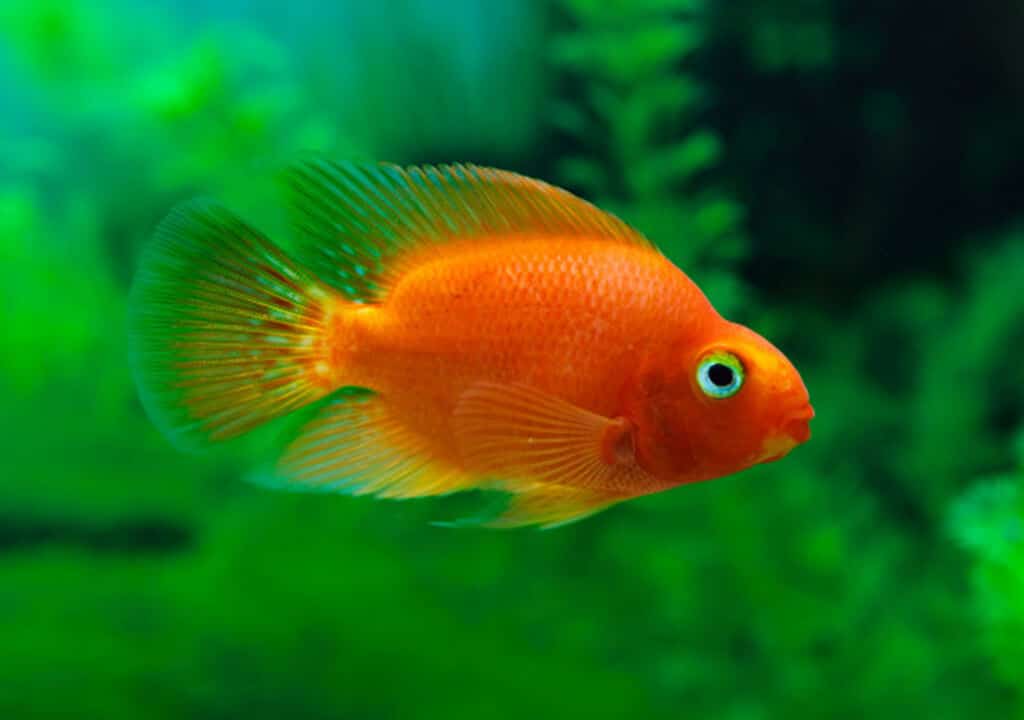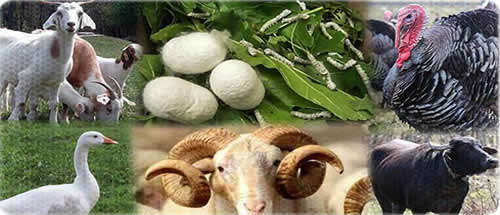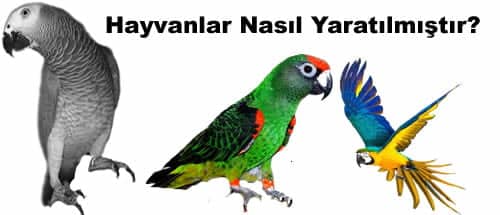Blog
Mammals

Mammals, as the name suggests, are vertebrate animals that have breasts, are warm-blooded, have two lung organs, have four chambers in their hearts just like humans, and generally have hairy bodies in all their species. Animals are generally divided into two groups as vertebrates and invertebrates. Mammals are advanced creatures in the vertebrate group.
Mammals have many common features. First of all, every mammal has a hard skeletal structure because it is a vertebrate. They have jaw and tongue structures. Although they generally have teeth, some mammals do not have teeth. Mammals generally reproduce by giving birth. Also, mammals have glands that secrete milk. In this way, they feed their young with their own milk.

What Are Mammals?
Mammals are creatures that reproduce by giving birth and feed their young with their milk by caring for their offspring. They are extremely warm-blooded and humane creatures. But of course, there are wild or wild animals among mammals. In general, the most well-known mammals are; animals such as cats, dogs, cows, monkeys, horses, bats, elephants and whales.
Among mammals, animals such as deer, cows, camels, goats and monkeys feed on grass. For this reason, the jaws of these animals are suitable for picking grass. These animals are called herbivores. Cats, dogs, lions, tigers, wolves and jackals feed on meat. These animals are carnivores. Another group of mammals is rodent mammals. Squirrel, mouse, beaver and rabbit are examples of rodent animals.
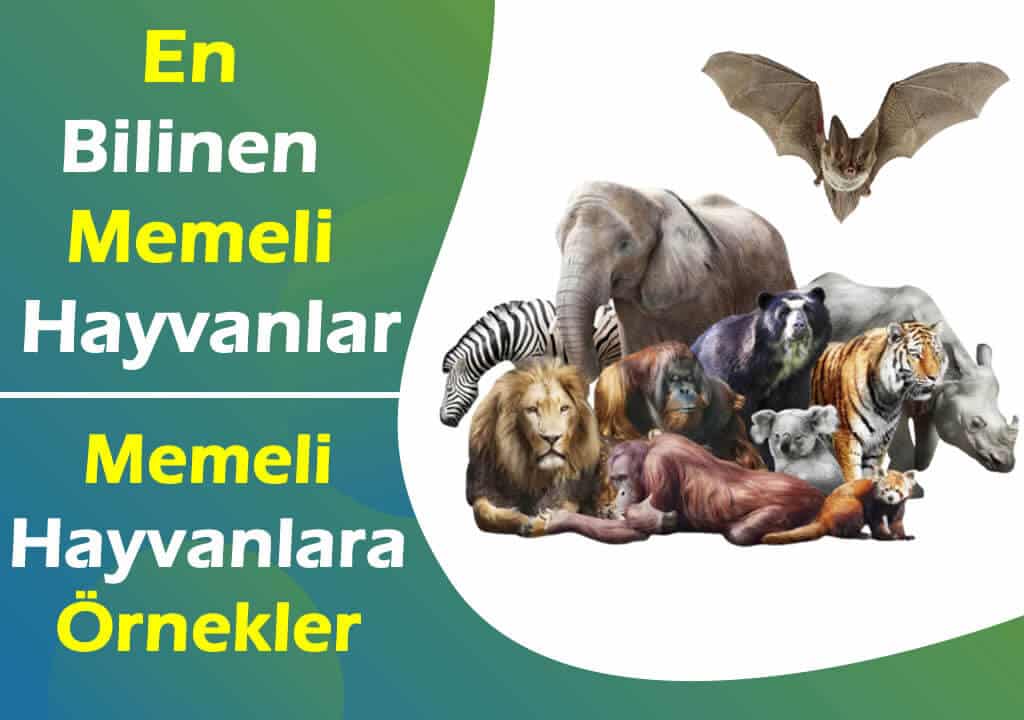
Characteristics of Mammals
In animals that are divided into two as vertebrates and invertebrates, mammals are included in the vertebrates branch. The bodies of mammals, with the exception of animals, are covered with hair, that is, fur. Mammals have glands that secrete milk. Many female mammals feed their young with their own milk. They expel their wastes from the body in the form of urea in liquid form, thanks to their urinary bladders.
Mammals that breathe through lungs are warm-blooded creatures. For this reason, their body temperature is constant and does not change according to the living area. Their brain structures are highly developed and large. Mammals have diaphragm muscle. Ancak bu kas, kuşlarda bulunan diyafram zarından farklı bir yapıdır. This muscle is not found in any other living group.
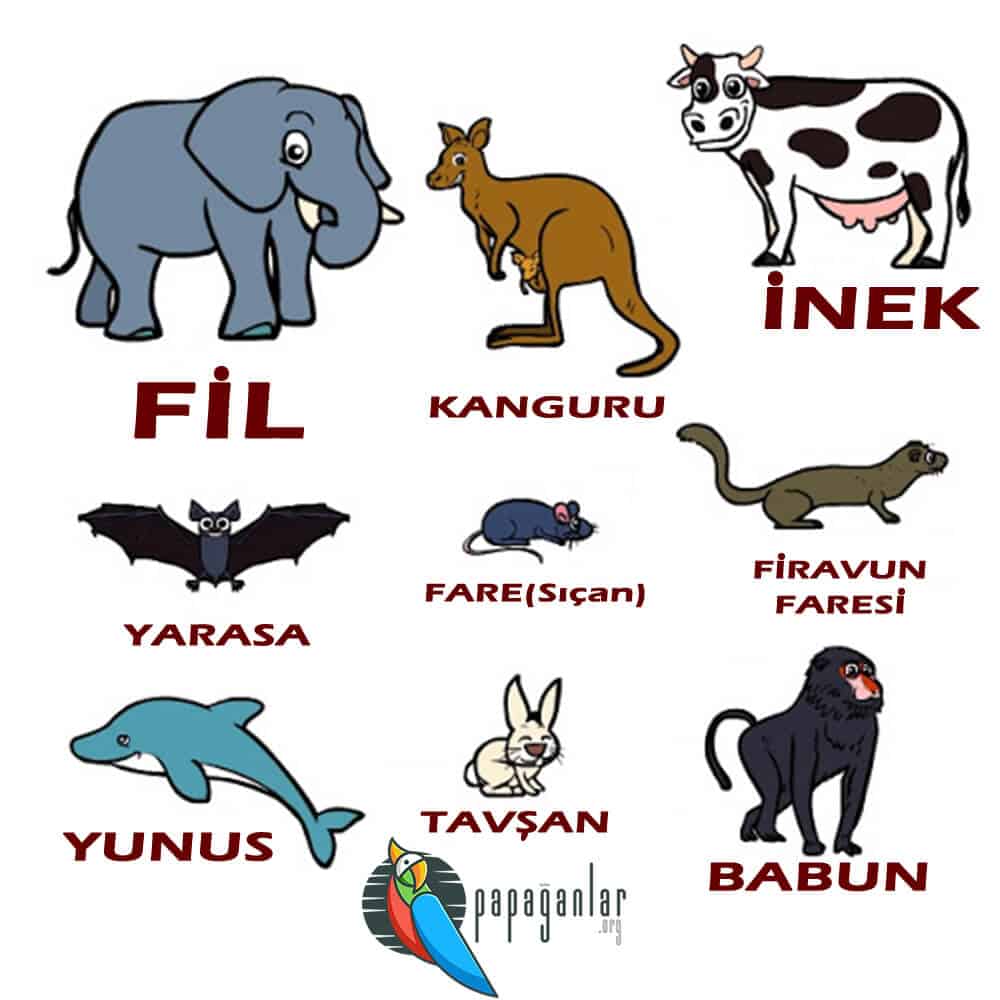
Do Mammals Respiration Lungs?
Mammals are advanced vertebrates. So that; Mammals are creatures that show a lot of similarity to humans, with many advanced features. In fact, it is a scientific fact that has been determined by researches that chimpanzees, which are mammals, are the closest cousins of humans. Among these features, the respiratory function of mammals is also similar.
Mammals are creatures with lungs, just like humans. Therefore, mammals do lung respiration. There are gases in the circulatory systems. These respiratory gases are distributed throughout the body by the blood. In this way, mammals continue their lives by performing lung respiration.

What Are Mammals?
Although a few of the most well-known mammals come to mind when mammals are mentioned, the mammal group has a wide variety of living things within itself. Among mammals, there are many flying, flightless, wild, domesticated animal species. Mammals are divided into three groups as beaks, marsupials and placentals. In addition, some of these animals are carnivores that eat meat, while others are herbivores that eat grass.
Mammals such as cats, dogs, wolves and jackals are carnivorous animals that feed on meat. The teeth of these animals are pointed and sharp. Animals such as cows, goats, deer and camels are herbivorous mammals that eat grass. Animals such as mice, squirrels and ravens are mammals known as rodent mammals.
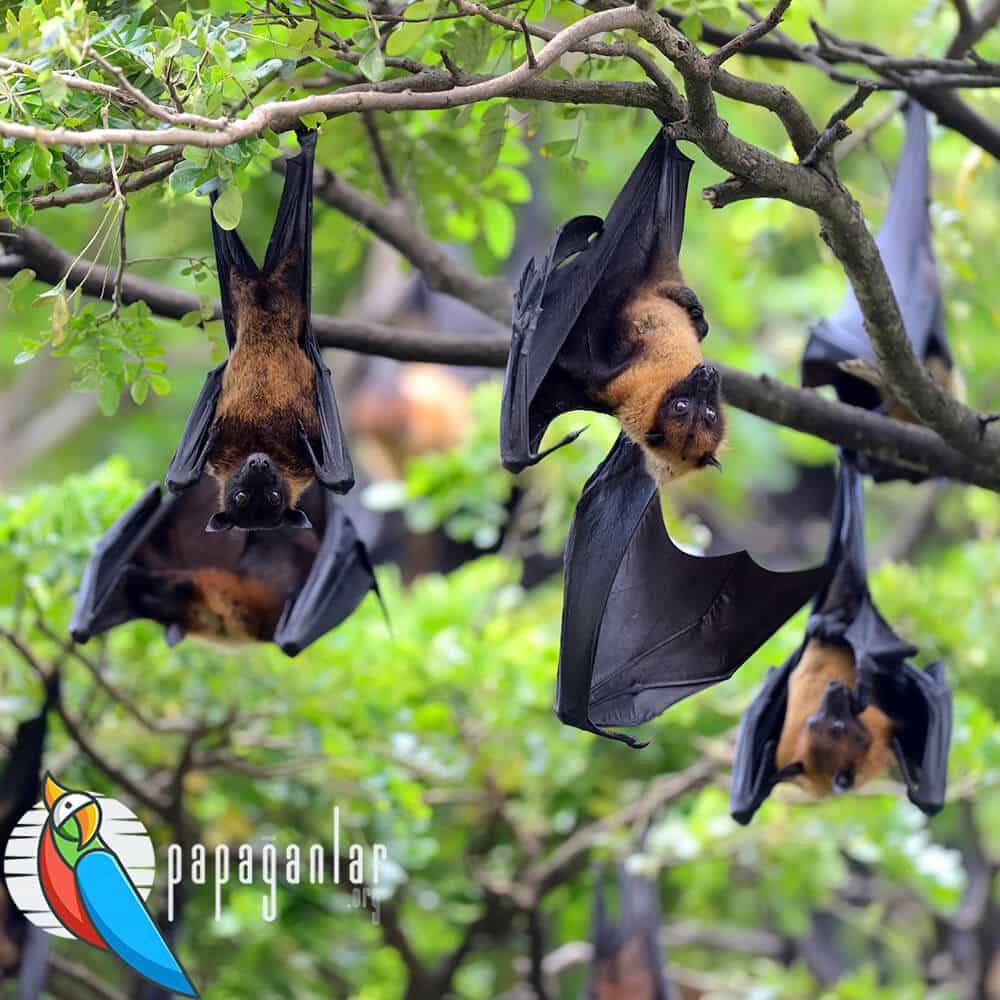
Example of Mammals
Animals that reproduce by giving birth and feed their young with their own milk thanks to the mammary glands in their bodies, in short, animals with breasts are called “mammals”. There are many animal species on earth that can be given as examples with mammalian characteristics. Among these animals, the most known and most common mammals in nature are cats, dogs, cows, bats and elephants.
Mammals are divided into carnivores and herbivores according to their diet. E.g; Mammals such as cats, dogs, wolves, jackals and lions are examples of carnivorous mammals. On the other hand, animals such as cows, goats, camels, monkeys and deer are examples of herbivorous mammals. Animals such as mice, ravens, and squirrels are examples of rodents as well as mammals.
Branch of Science Studying Mammals
There are branches of science in the world that conduct scientific research in every field and examine these researches in a cause-effect relationship. Among these branches of science, there is also a branch of science that only examines and researches mammals. The name of this branch of science is “Mammology”. Mammalogy is a branch of science that only conducts scientific research on mammals.
Zoology is the branch of science that studies all animals in general. However, there are different characteristics and types of animals living on earth. For this reason, the science of zoology is divided into branches in order to make research easier and faster. One of the branches of zoology is mycology. In this branch of science, only mammals are studied in detail.
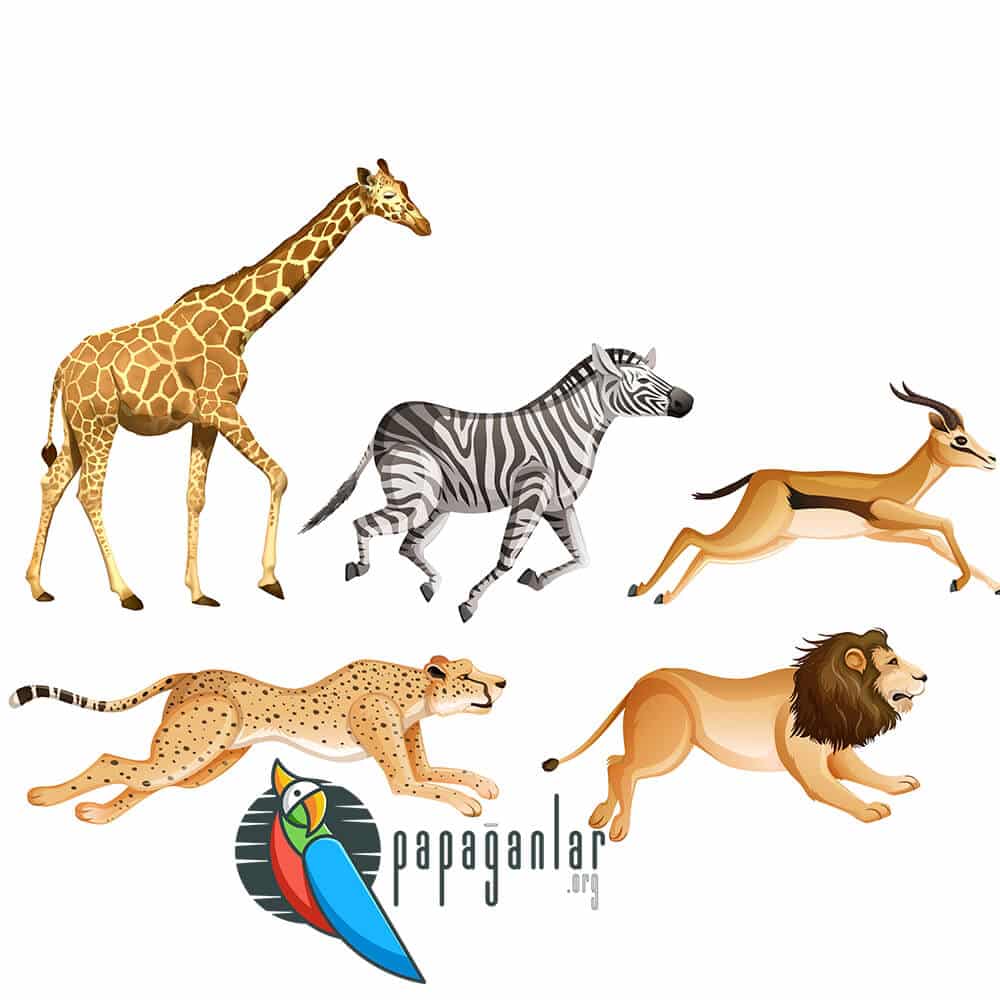
Are Mammals Warm-Blooded?
Mammals are a group of animals with many unique features. This group of animals, which is called “mammal” because it has breasts, also has many features because it is a mammal. At the beginning of these features are the mammary glands they have. Thanks to these glands that secrete milk, milk is secreted from their bodies when they give birth and they feed their young with this milk.
Mammals are very similar to humans in many aspects. One of these similar features is that mammals are warm-blooded animals. Humane and friendly mammals are also warm-blooded creatures. For this reason, their body temperature does not change according to the environment they live in, they are constant. Mammals are creatures that need to be fed regularly in order to keep their body temperature constant.

What is a Mammal?
Mammals are living things that have breasts and reproduce asexually, that is, by giving birth. Much like humans, mammals have mammary glands that secrete milk like humans. They feed their offspring with their own milk. For this reason, most mammalian animals care for their offspring. Except for some mammals, the bodies of all mammals are covered with hairy fur. Thanks to this fur, mammals can easily adapt to all kinds of living conditions.
In the animal kingdom, there are 4,500 different species in the mammal group, including humans. While 200 species of these species live in Europe, there are only 170 mammal species in Turkey. The body temperature of mammals, which are warm-blooded creatures, is not dependent on environmental conditions.

Is a Mammal an Animal?
There are many living things that live on earth. In general, all living things on earth are divided into animals and plants. Considering this distinction, it is possible to say that mammals are animals. mammals; They are living things that have breasts and reproduce by giving birth. Even humans are creatures that fall into the group of mammals. There are over 4000 mammals on earth.
If it is thought that all living things on earth are divided into animals and plants, it is possible to say that mammals are animals. All mammals, especially humans, care for their offspring. She feeds her young for a while after giving birth.
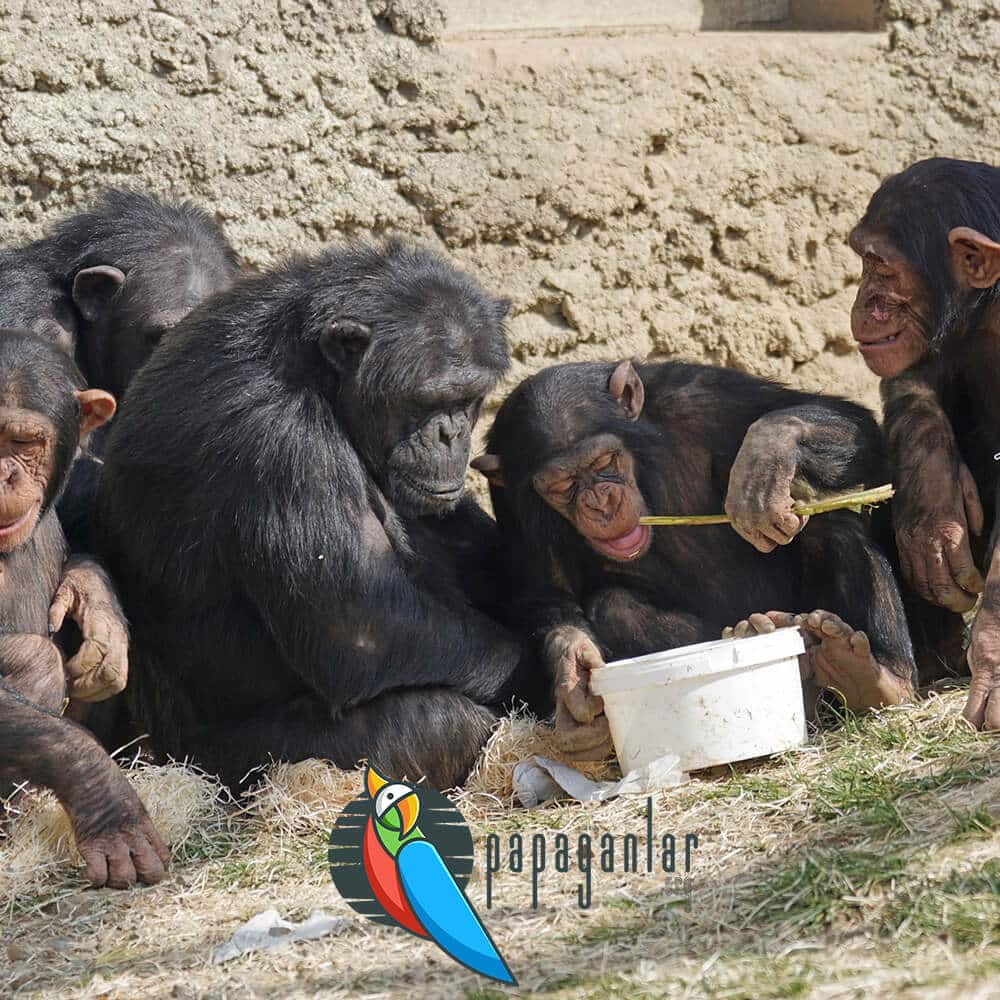
Mammals Biology
The biology of mammals is also the most distinguishing features of this group of animals. First of all, their bodies are covered with hairs. Female mammals have glands that secrete milk. The heart structures are four-chambered and they breathe through the lungs. Their red blood cells are mature, seedless, and organelles. Mammals have sweat and sebaceous glands. It has a diaphragm muscle, which is very different from the diaphragm membrane found in birds. This muscle is found only in mammals.
Mammals with stable body temperatures are warm-blooded animals and their body temperature does not change depending on living conditions. Nervous systems are highly developed. According to their diet, their teeth are seen differently in sharp and pointed shapes. Some of these animals live in the seas and some live on land.
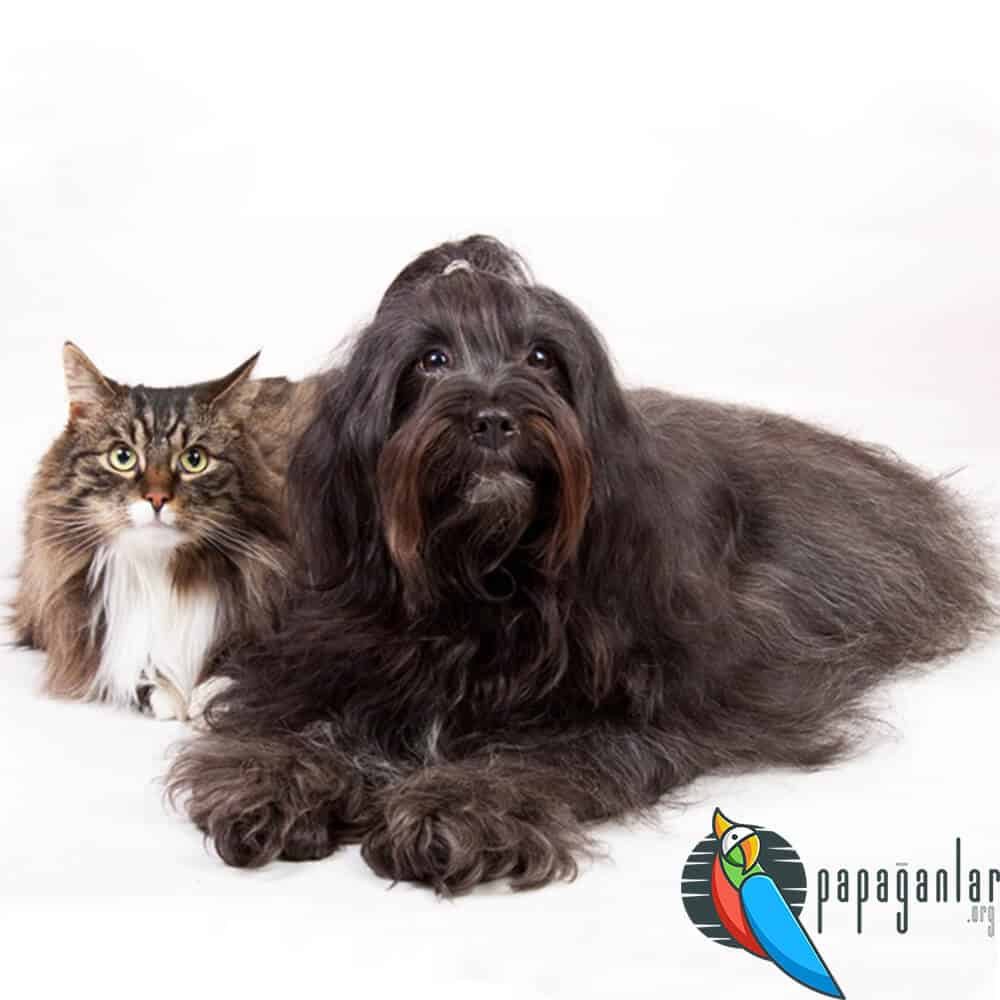
Do Mammals Have Periods?
When examined biologically, mammals show a lot of similarities with humans in many features. One of the human-like characteristics of mammals is the issue of menstruation. Almost all mammals have periods. However, the way these animals menstruate may differ for each individual. It can be clearly seen only in humans, chimpanzees, elephants and bats in the mammal group.
Apart from mammals such as humans, elephants, bats, and chimpanzees, of course, other mammals also menstruate. However, although other mammals have menstruation, menstrual blood does not come out and is invisible. Except for these mammals, when the menstruating mammals menstruate, the blood fluid accumulates in the uterine wall in the uterus and is absorbed by this wall and destroyed.

Do Mammals Lay Eggs?
Mammals are animals that reproduce sexually. Mammals with a placenta reproduce asexually, that is, they give birth to their offspring. However, some mammals reproduce by laying eggs. There are two different types of mammals that lay eggs on earth. These animals; monotremes and Echidna. Their bodies are covered with fur, they feed their young with milk, and they are warm-blooded creatures.
These creatures, which have the same characteristics as mammals in many respects, reproduce by laying eggs, not sexually, unlike mammals. Monotremes have mammary glands and produce milk in their body, but they do not have nipples. For this reason, these creatures can give their milk to their offspring thanks to special glands in their belly button. The cub pokes its mother with its nose, thus causing the female to secrete milk.
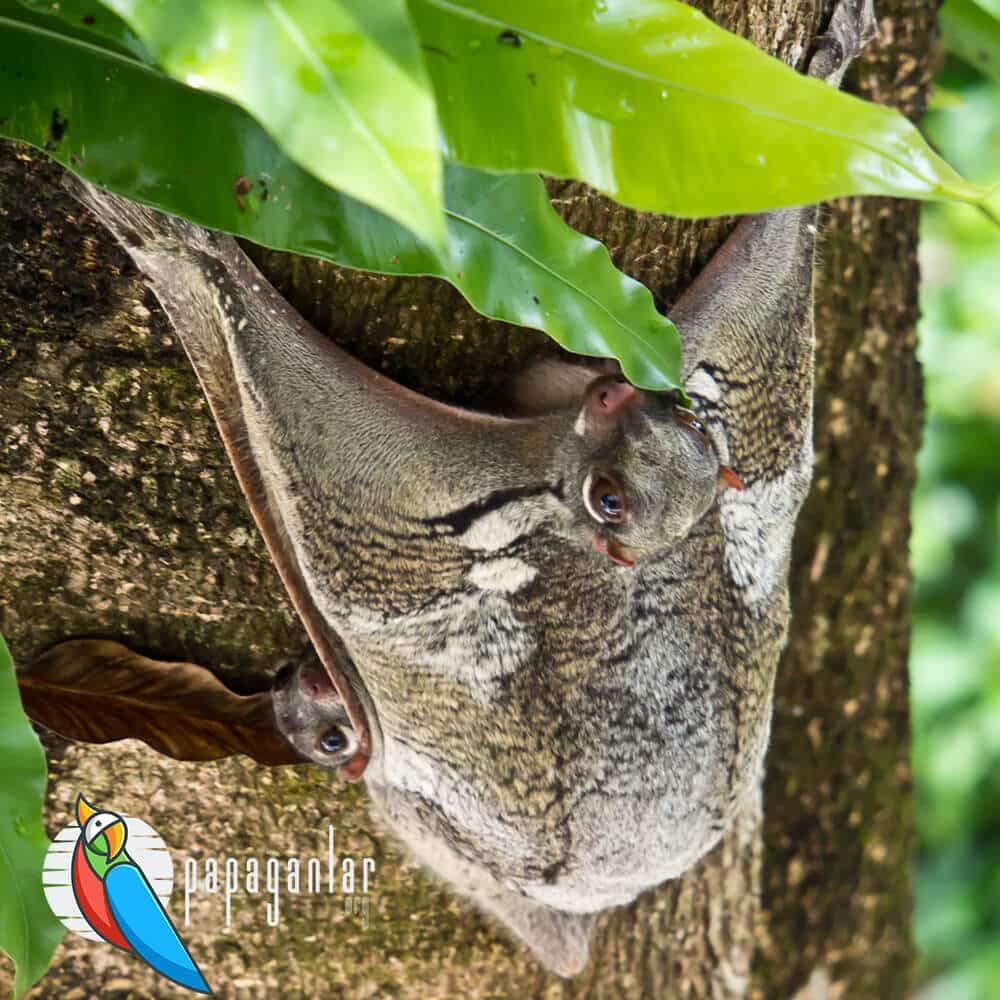
Information on Mammals
Mammals, which have a complex and at the same time double circulatory system, are warm-blooded creatures with a constant body temperature. While breathing, they use the diaphragm muscle and thus they breathe through the lungs. In the group of mammals forming the class Mammalia, humans are included as mammals. Generally, the body of every mammal is covered with hair.
Mammals have four members, usually in the form of legs. There are double bones in the lower jaw structures. This makes it easier for them to feed. In carnivorous and herbivorous mammals, the jaw and tooth structure may vary depending on the diet. The hairs covering the body of mammals can have different characteristics. E.g; This hairy fur in hedgehogs has a prickly structure. Even so; When the hedgehog senses a threat, it pulls out its spines and turns into a ball.
Which Animals Are Without Mammals?
Animals are divided into vertebrates and invertebrates. Mammals belong to the group of vertebrates as the most developed of the vertebrates. Mammals, as their name suggests, are animals that have breasts and feed their young with milk. Animals that do not have breasts are called “animals without mammals”. These animals reproduce by laying eggs. Mammals reproduce asexually.
All invertebrate animals are mammals without mammals. Birds, reptiles, and fish are invertebrates and therefore mammals. As an example of mammals without mammals; animals such as pigeons, eagles, fish species, crocodiles, penguins, sparrows and flamingos can be shown.
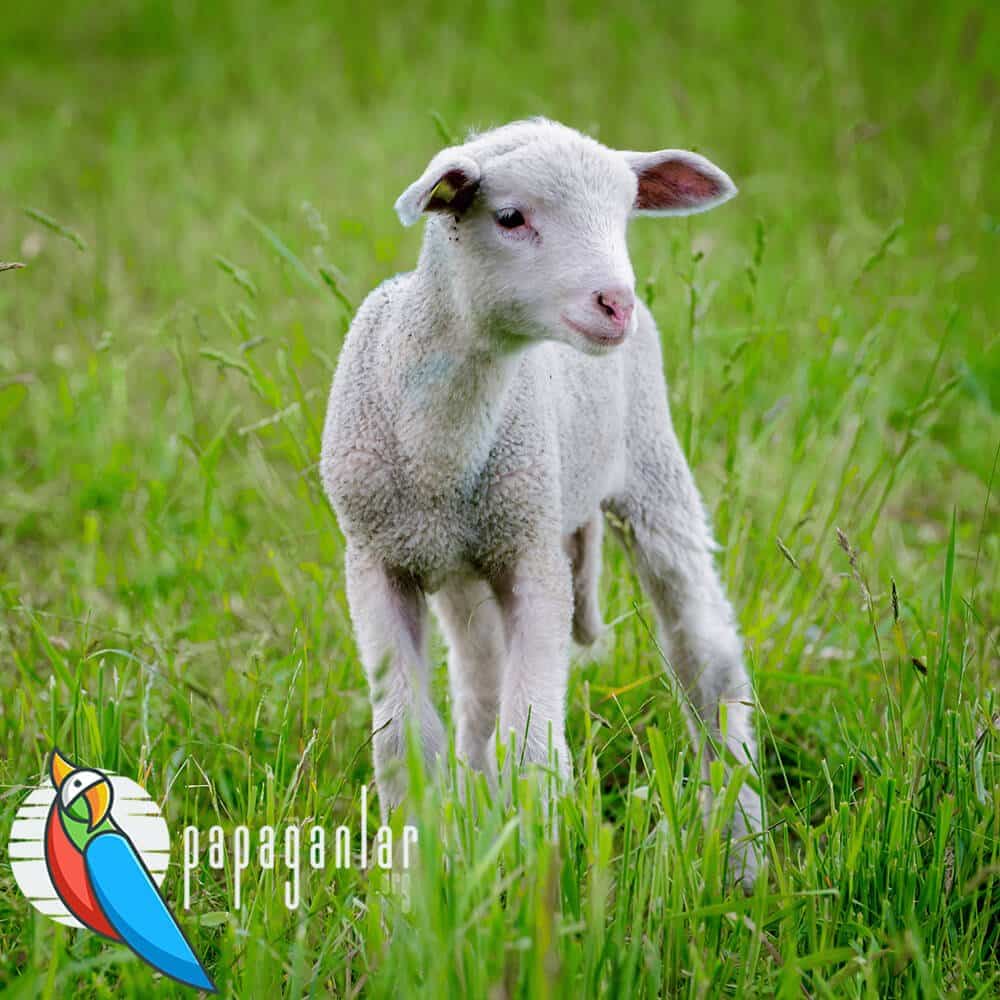
Example of Mammals
Mammals are animals that are vertebrates and have the ability to give birth. All animals that are vertebrates and reproduce by giving birth can be cited as mammals. mammals; They are living things that breathe lungs and have circulatory systems just like humans. In line with these similarities, humans are the first examples that can actually be given to mammals. Mammals; While feeding holozoic, it is also divided into carnivorous and herbivorous.
Examples of carnivorous mammals; Cat, dog, wolf, jackal, lion and tiger can be given. As an example of herbivorous mammals; Examples of cows, goats, deer, camels and monkeys can be given. There are also rodent mammals. When rodent mammals are mentioned, mammals such as mice, beavers and squirrels come to mind first.
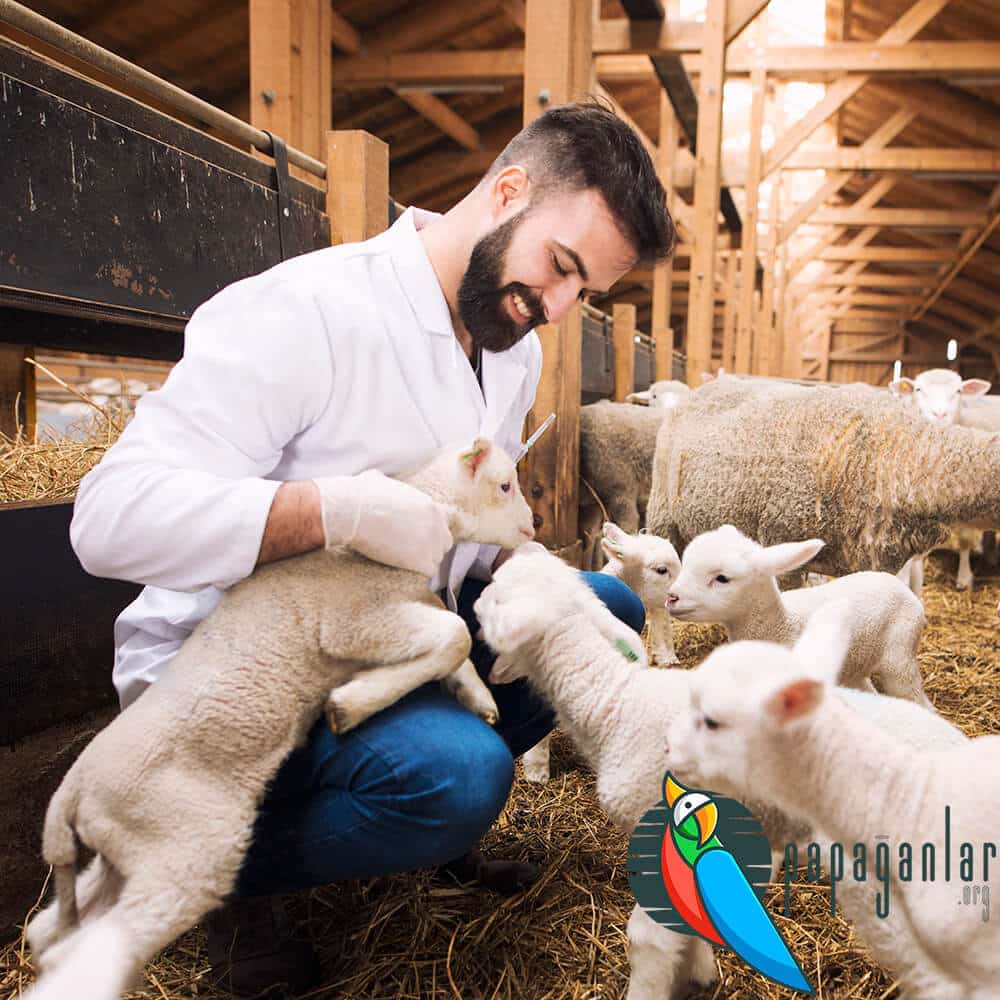
Give Examples of Mammals
Mammals give birth to their young and take care of their young by feeding them with milk. Because they have breasts, they are called “Mammal”. Humans are also the most advanced mammals in the group of mammals. All mammals feed holozoic. Some mammals eat meat and some mammals eat grass.
The teeth of meat-eating mammals are sharper and sharper. Etle beslenen memeli hayvanların dişleri daha sivri ve keskindir. Herbivorous animals have especially developed lower jaws. Animals such as cows, deer, camels and goats can be given as examples of herbivorous mammals that eat grass.
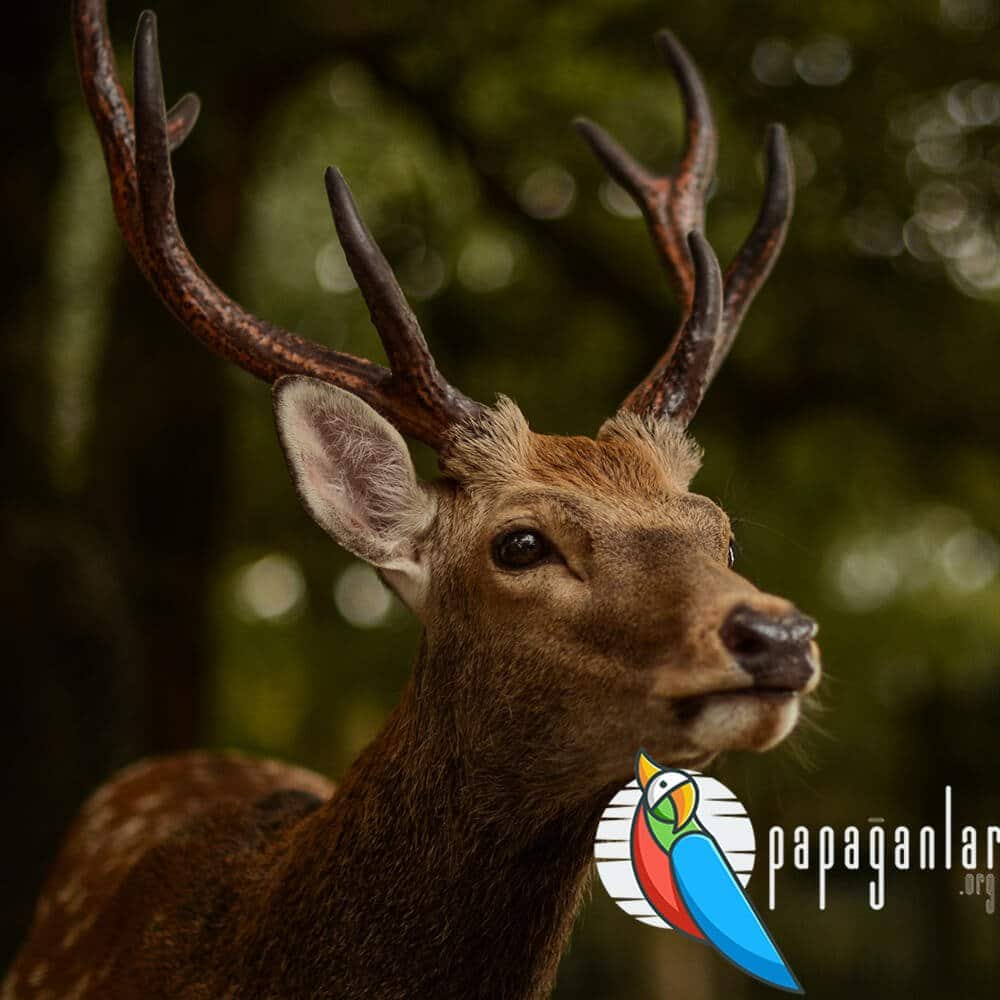
Information About Mammals
The group of mammals is a group of animals with unique characteristics. The bodies of mammals are covered with a covering of hair. Thanks to this hair cover, mammals can easily adapt to any living space and are not affected by the negative conditions of the environment. They are creatures that take care of babies. They feed their young with the milk they secrete.
Mammals breathe with lungs and also have diaphragm muscle found only in mammals. This muscle is a very different structure from the diaphragm membrane found in birds. Mammals are warm-blooded creatures. In other words, their body temperature is constant and does not change according to the environment. However, mammals need to be fed regularly in order to keep their body temperature constant.

Mammals Exoskeleton
The exoskeleton of mammals is a hard and ossified structure. The exoskeleton of mammals, which are the most developed creatures among vertebrates, is surrounded by a bristle fur covering their bodies. In addition, there is a spinal bone on the back of mammals that continues from the head to the coccyx.
The exoskeleton found in mammals; It also undertakes the task of protecting internal organs such as kidneys, heart and lungs against blows and dangers. For all these reasons, the exoskeleton is one of the important structures in mammals. Likewise, the hard skeletal structure in the skull protects the brain organ.
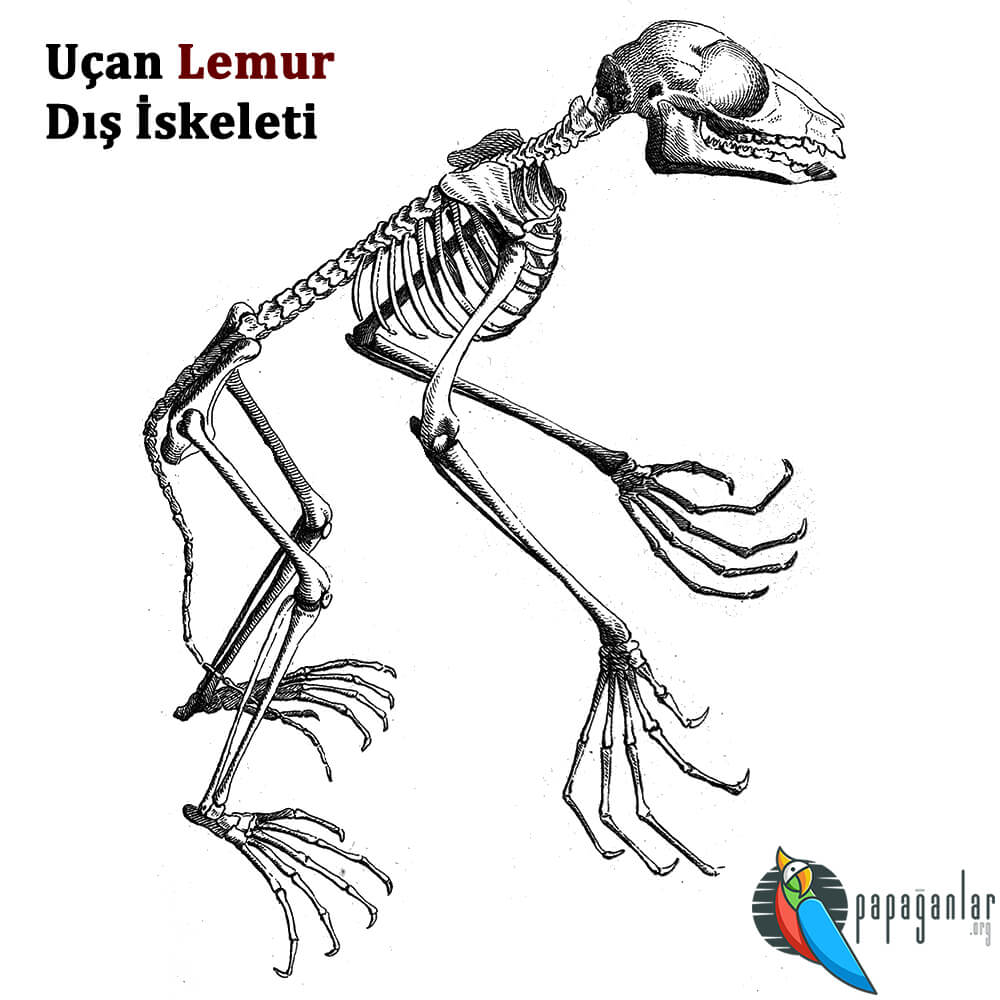
Do Mammals Have Exoskeletons?
Mammals are vertebrates that have an exoskeleton. Almost all vertebrates have exoskeletons. In fact, the spine structure of mammals also forms the exoskeleton structure. This exoskeleton is a hard and ossified structure. This exoskeleton also provides protection for organs similar to humans, such as the kidney, brain, diaphragm, and lung.
Mammals are similar in many respects to humans, the most advanced of all mammals. Mammals, which give birth to their young and take care of their young in accordance with their own physiology, have similar characteristics to humans in terms of body structure. The first of these features is the exoskeleton structure.








